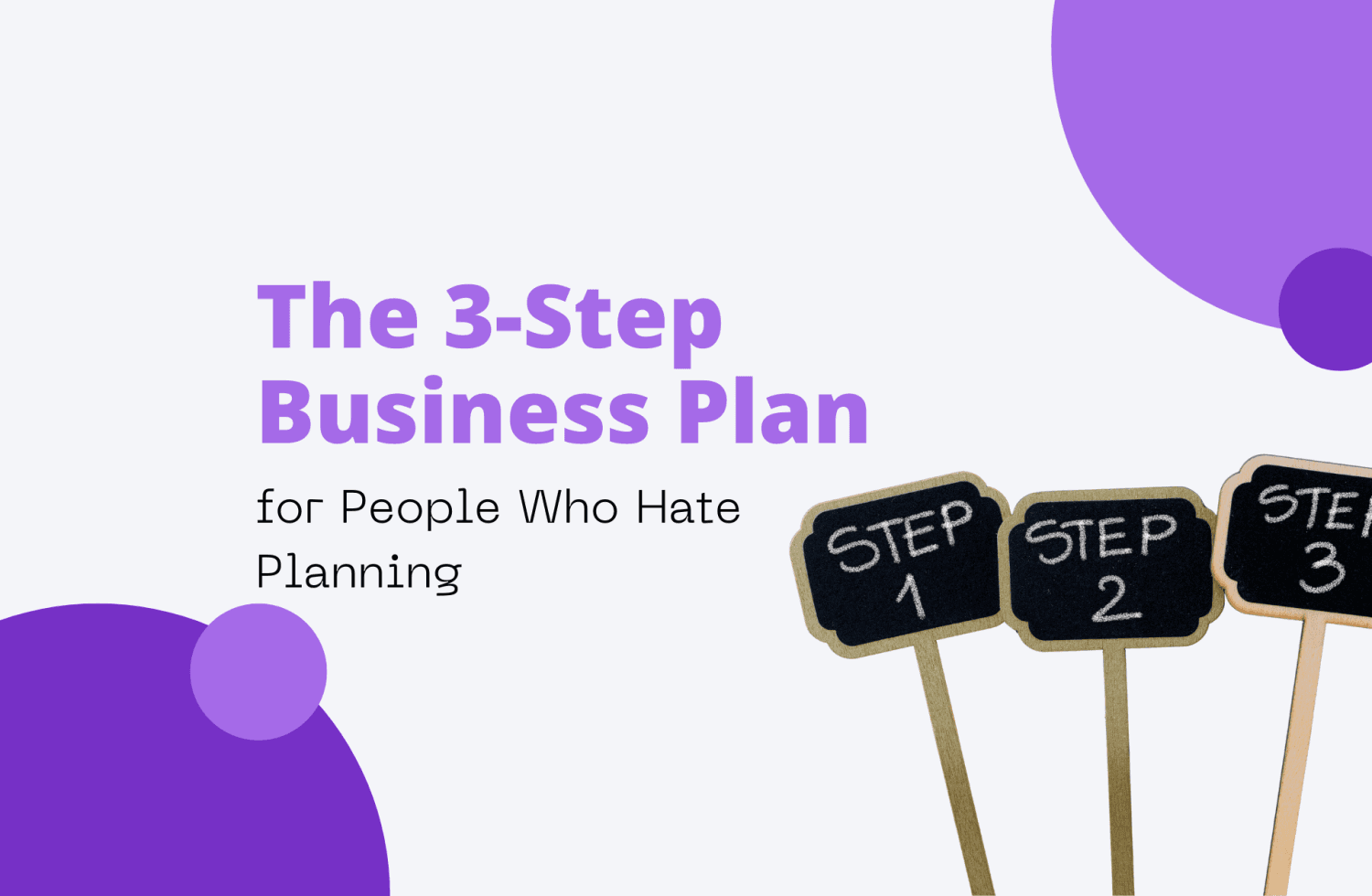If You Want Today's Infographic as PDF, Click Here.
You Don’t Need to Be Loud to Be Heard
Every platform is shouting at you to shout louder. Post more. Go viral. Be everywhere.
But what if you’re not built for that?
What if you actually like thinking before speaking?
What if you don’t want to be “on” all the time?
What if the real goal isn’t to be noticed—but to be useful?
Here’s the truth no one tells you: You don’t need to go viral. You need to go useful.
This blog is for the quiet creators. The ones who care about clarity more than clout.
The ones who don’t want to perform—they want to help.
Let’s talk about how you can build real traction, real trust, and real results without burning out or pretending to be someone you’re not.
The Common Traps Quiet Creators Fall Into
If you’ve ever felt like creating content just... isn’t working for you, you’re not alone.
It’s not that you’re bad at it. It’s that most advice wasn’t written for someone like you.
Here are four traps that thoughtful creators fall into all the time:
- Posting inconsistently: You start strong, but overthinking and perfectionism creep in. Weeks go by. You feel behind. You disappear.
- Vague bios and buzzwords: You sound professional but not relatable. People see your profile and still don’t understand what you actually do.
- Too much “me,” not enough “you”: You talk about your story, your wins, your methods. But the reader doesn’t see themselves in it.
- No next step: You drop a solid post, but there’s no invite to connect, no action, no direction. So it fades into the scroll.
None of this means you’re doing it wrong. It means you’ve been playing by rules that weren’t made for you. So let’s change that.
Real-Life Examples: How Quiet Content Solves Real Problems
Let’s get specific. Here are four workplace stories showing how quiet, helpful content solves real problems without noise or pressure.
1. The Freelancer Who Finally Got Replies
A service-based freelancer had skills. She had a decent offer. She even had a few case studies.
But when she sent proposals, clients just disappeared.
She was trying to sound professional. Using phrases like "end-to-end brand experiences" and "high-conversion solutions."
It sounded polished, but confusing. Prospects couldn’t tell what they were buying or how it helped them.
So they didn’t respond.
She changed the approach. Instead of long intros, she started sending quick Loom videos:
"Hey [Name], I noticed your signup flow has a few points where users might drop off. I recorded this 60-second video showing one small change that could improve it. If it looks useful, I’d be happy to send the exact steps I’d take."
That was it. No pressure. Just a helpful, clear starting point.
Within two weeks, her reply rate tripled. Not because she changed her offer. Because she changed how she shared it.
2. The Team Lead No One Read
A team lead was writing long weekly updates. She worked hard on them. But her team? They weren’t reading.
Every update felt like an essay. Lots of background, lots of text, no clear direction.
Her team didn’t know what to act on, so they didn’t act.
She simplified the whole process.
Each update started with one quick poll: "Which tool do you want a walkthrough of next?"
Then came a 90-second Loom with a visual update. Then came three labeled bullets:
- What to do this week
- What to look out for
- Who’s doing what
The updates became skimmable, practical, and even interesting.
Replies went up. Deadlines got met. The meetings got shorter.
Everyone felt more in sync, without adding more noise.
3. The Creator Who Burned Out Trying to Stay Consistent
A creator wanted to grow an audience.
She believed she needed to post three times a week, show up constantly, and always say something fresh.
At first it worked. Then she started dreading it.
She skipped weeks. Then overcorrected. Then felt behind.
Her audience felt the inconsistency too. Trust started to dip.
She stepped back and created a calm system:
- Monday: Write one short case study
- Tuesday: Record one tiny Loom demo
- Wednesday: Turn an old post into a simple poll
- Thursday: Nothing
- Friday: Schedule everything for next week
No more overthinking. No more guilt.
Her posts didn’t go viral, but they built real connection. And she showed up as herself.
4. The Consultant With a Confusing Bio
Their LinkedIn headline said: "Helping purpose-driven brands grow through storytelling clarity."
It sounded good. It meant nothing.
People viewed the profile but didn’t message. They couldn’t tell what the offer was or if it applied to them.
The solution was a rewrite:
"I help coaches launch their first paid product in 7 days. No overwhelm. Clear steps. Repeatable system."
Then three proof points:
- 50+ products launched
- Fastest one in 3 hours
- Ask me for the 7-day launch sheet
That change brought in DMs from people who were ready.
Because it was finally clear who they helped, how they helped, and how long it would take.
How to Make Quiet Content Work for You
Quiet content isn’t about doing less. It’s about doing the right things, clearly, consistently, and calmly.
Here are five ways to do that:
- Mini Case Study: Don’t just say what you do. Show it. Use one real example. One problem you solved. One outcome.
- Behind-the-Scenes Peek: Share a snapshot of your real work. How you organize your day. What tool you rely on. What changed the game for you.
- One-Question Poll: Ask something easy to answer. “What’s harder for you right now: content ideas or consistent posting?” You’ll learn a lot fast.
- Loom Instead of Live: You don’t need to go live. Record one 60-second walkthrough. It feels personal without the pressure.
- Clear Bio Line: No buzzwords. One sentence: “I help [person] do [thing] in [timeframe].” That’s enough.
The 3-Second Content Check
Before you hit publish, ask yourself:
- Is this helping one specific problem?
- Can someone understand this in 5 seconds?
- Can I reply to comments later, not right now?
If the answer is yes to all three, you’re not just posting. You’re building.
Best Tools, Books & Resources to Go Deeper
Want to keep building quietly and effectively? These are the most trusted tools and reads on this approach:
- Book: Quiet: The Power of Introverts in a World That Can’t Stop Talking by Susan Cain
- TED Talk: The Power of Introverts by Susan Cain
- Documentary: The Minimalists: Less Is Now by Joshua Fields Millburn & Ryan Nicodemus
- Tool: Loom.com — record short walkthroughs and explainers
Each one supports a more calm, focused way to grow.
The Quiet Way Isn’t a Shortcut. It’s the Real Work
Quiet content works because it values the reader.
It respects their time. It doesn’t try to steal attention. It tries to offer direction.
Loud content might win the scroll, but quiet content wins the bookmark. The re-read. The reply.
When you make something useful, it stays useful.
When you speak clearly, people trust you faster.
When you stop trying to be everything, you start becoming known for something.
And that is how the quiet way wins.
Download the Infographic
Want to keep this playbook close? You can download the "Introvert Creator Playbook" as a one-page PDF and save it for quick reference.
No pressure. Just a quiet way to keep what works.




